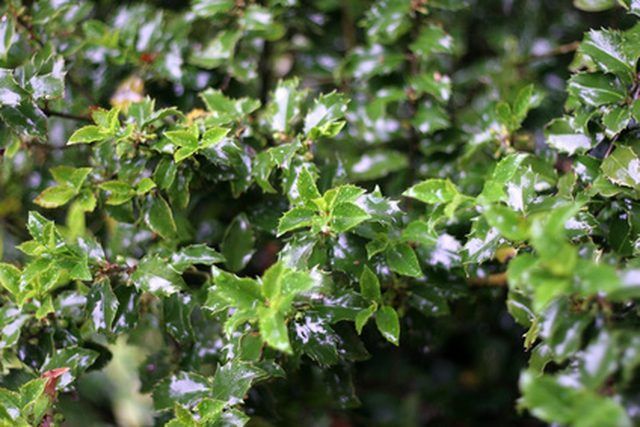Bulbs
Flower Basics
Flower Beds & Specialty Gardens
Flower Garden
Garden Furniture
Garden Gnomes
Garden Seeds
Garden Sheds
Garden Statues
Garden Tools & Supplies
Gardening Basics
Green & Organic
Groundcovers & Vines
Growing Annuals
Growing Basil
Growing Beans
Growing Berries
Growing Blueberries
Growing Cactus
Growing Corn
Growing Cotton
Growing Edibles
Growing Flowers
Growing Garlic
Growing Grapes
Growing Grass
Growing Herbs
Growing Jasmine
Growing Mint
Growing Mushrooms
Orchids
Growing Peanuts
Growing Perennials
Growing Plants
Growing Rosemary
Growing Roses
Growing Strawberries
Growing Sunflowers
Growing Thyme
Growing Tomatoes
Growing Tulips
Growing Vegetables
Herb Basics
Herb Garden
Indoor Growing
Landscaping Basics
Landscaping Patios
Landscaping Plants
Landscaping Shrubs
Landscaping Trees
Landscaping Walks & Pathways
Lawn Basics
Lawn Maintenance
Lawn Mowers
Lawn Ornaments
Lawn Planting
Lawn Tools
Outdoor Growing
Overall Landscape Planning
Pests, Weeds & Problems
Plant Basics
Rock Garden
Rose Garden
Shrubs
Soil
Specialty Gardens
Trees
Vegetable Garden
Yard Maintenance
How to Prune Shrubs in the Winter
How to Prune Shrubs in the Winter. Pruning shrubs and trees is better left to late winter. It means fresh wounds only spend a short time exposed to the elements before new growth begins and the wound heals. Pruning during the winter also allows you to prune shrubs without leaves blocking your view of the branches underneath. Pruning involves...

Pruning shrubs and trees is better left to late winter. It means fresh wounds only spend a short time exposed to the elements before new growth begins and the wound heals. Pruning during the winter also allows you to prune shrubs without leaves blocking your view of the branches underneath. Pruning involves selectively cutting certain branches from trees and shrubs as a preventative measure to produce desired growth patterns and healthier plants. Pruning time depends upon how many shrubs you have to prune, and requires attention to detail to ensure all shrubs are properly pruned.
Things You'll Need
Pruning shears
Prune one section of a row of shrubs. Working your way in one direction, ensure you do not accidentally pass over a shrub that needs pruning. You also want to start on one side or area of the shrub to make sure you cover the entire shrub.
Prune the shrub down into the desired shape. For shrubs you use as a hedge row or fence between sections of your yard or between your yard and your neighbors, you may want a flat or rounded top, so prune the shrub into this desired form. Work from the first shrub to the end of the row or around your yard to prune all shrubs into shape.
Prune the shrubs a second time, to remove injured or dead branches still on the shrub. As you prune to remove dead and dying branches, also prune to thin out the hedge. For flowering shrubs, prune the ends of all branches to promote new growth and more blooms.
Tips & Warnings
Prune in late February; never prune after the end of March, when the growing season has already started. Saving pruning until late winter or very early spring prevents long exposure of shrub wounds, which attracts insects and plant diseases.
Wear safety goggles and work gloves while you prune each plant. This protects your eyes from branches and stems that may fly into your face. Work gloves protect your hands from scratches caused by the shrubs and also protect your hands from blistering or getting pinched by the pruning shear handles.